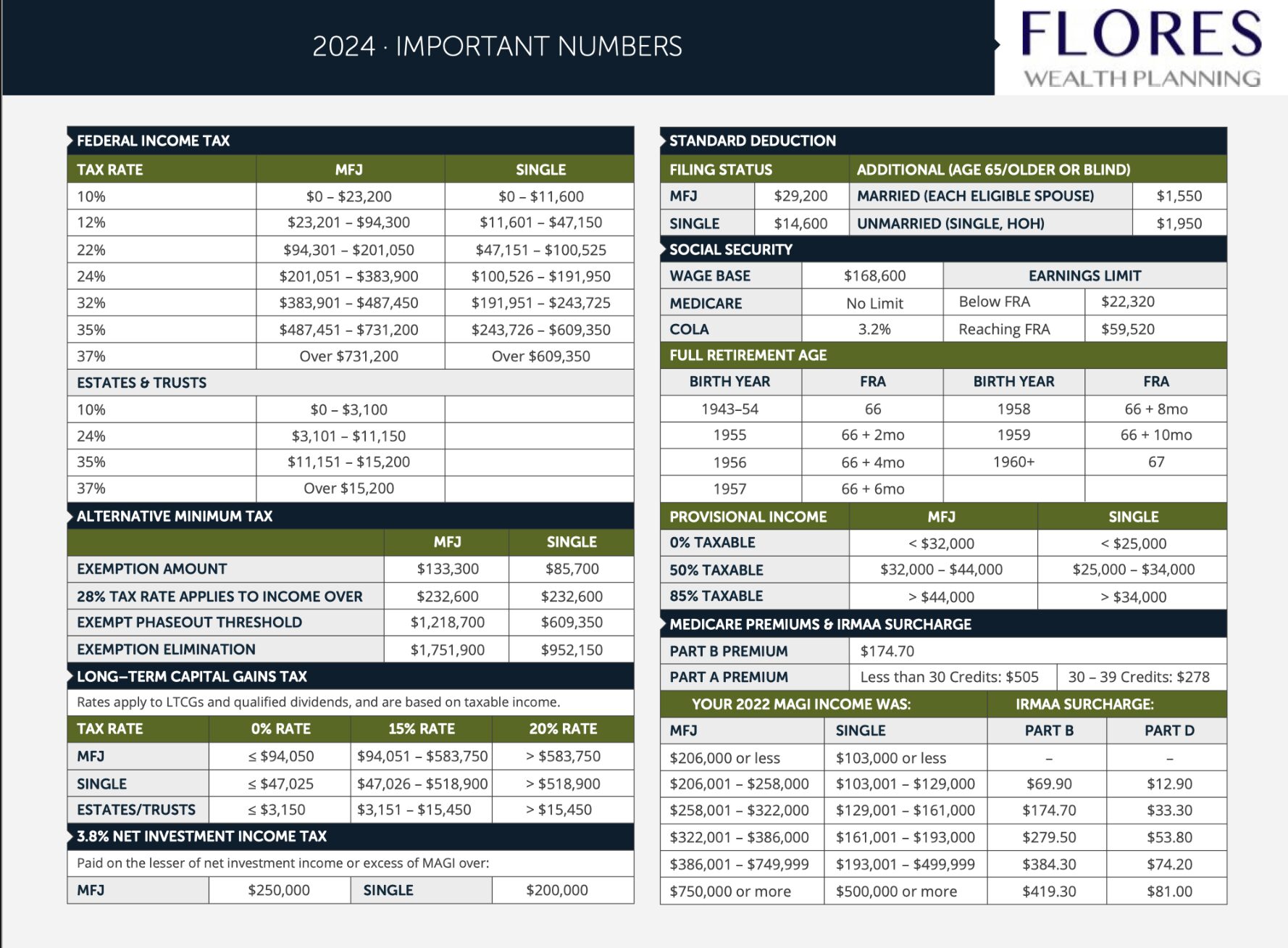Embracing the Future of Retirement Savings: Exploring SECURE 2.0’s New Roth Opportunities
The Setting Every Community Up for Retirement Enhancement (SECURE) Act 2.0 has recently been enacted, bringing a wave of significant changes to the retirement savings landscape. Among these changes, the expansion of Roth accounts has caught the attention of many retirement savers and financial professionals. In this article, we’ll dive into five new Roth savings opportunities introduced by SECURE 2.0 and discuss how they can impact your retirement strategy.
- Roth Employer Plan Contributions Previously, employer contributions to retirement plans, including matches on Roth salary deferrals, were required to be made to a pre-tax account within the plan. However, beginning in 2023, SECURE 2.0 allows for employer contributions to be made to Roth accounts in 401(k), 403(b), and governmental 457(b) plans. This change provides employees with additional tax-free growth and withdrawal opportunities but also means that employees will be taxed on the amount of the Roth contribution.
- Roth SEPs and SIMPLEs SECURE 2.0 brings good news for small business owners and their employees as it permits both SIMPLE and SEP Roth IRA contributions starting in 2023. Employees can now make SIMPLE Roth IRA salary deferrals, while SEP and SIMPLE Roth employer contributions can also be offered. However, the logistics of implementing SEP and SIMPLE Roth plans may be complex, and custodians may not have these options immediately available.
- No Lifetime RMDs for Roth Plans Starting in 2024, SECURE 2.0 eliminates the need to take lifetime required minimum distributions (RMDs) on Roth plan dollars like a 401(k) or 403(b), aligning Roth plan RMD rules more closely with Roth IRA RMD rules. This change can result in a significant reduction in the plan RMD for participants and offers more flexibility for those with Roth accounts in their workplace retirement plans.
- Rollovers from 529 Plans to Roth IRAs Beginning in 2024, SECURE 2.0 allows rollovers from 529 plans to Roth IRAs. This provision offers an alternative for those with unused funds in a 529 plan, allowing them to transfer the remaining balance to a Roth IRA for tax-free growth and withdrawals during retirement. However, there are certain limitations, such as the 529 plan must have been established for at least 15 years, and rollovers cannot exceed the annual Roth IRA contribution limit or a total lifetime limit of $35,000.
- Required Roth Catch-Up Contributions SECURE 2.0 mandates that any age 50-and-older catch-up contributions made to 401(k), 403(b), or 457(b) plans by certain higher-paid participants be made as Roth contributions starting in 2024. This change affects participants whose wages received from the plan sponsor for the preceding calendar year exceeded $145,000 (as indexed). However, further guidance is needed to address how this requirement applies to self-employed individuals and those in plans without existing Roth options.
As the future of retirement savings continues to evolve, the SECURE 2.0 Act ushers in a new era of Roth opportunities for individuals looking to maximize their tax-advantaged savings. While some unanswered questions remain, these changes represent a shift towards embracing Roth accounts as a key component of a well-rounded retirement strategy. To make the most of these new opportunities, it’s essential to stay informed and consult with a financial professional to determine the best approach for your unique retirement savings goals.
Disclaimer: This article is intended for informational purposes only and does not constitute investment advice or an offer to sell or a solicitation to buy any securities. Readers should consult with their financial advisors before making any investment decisions.


